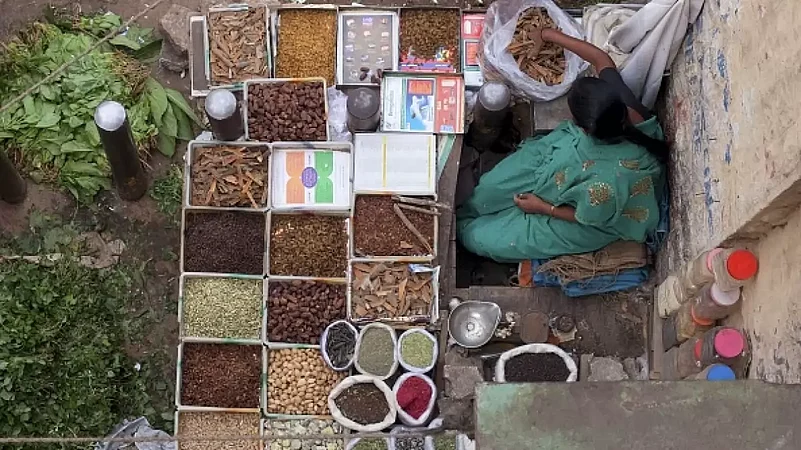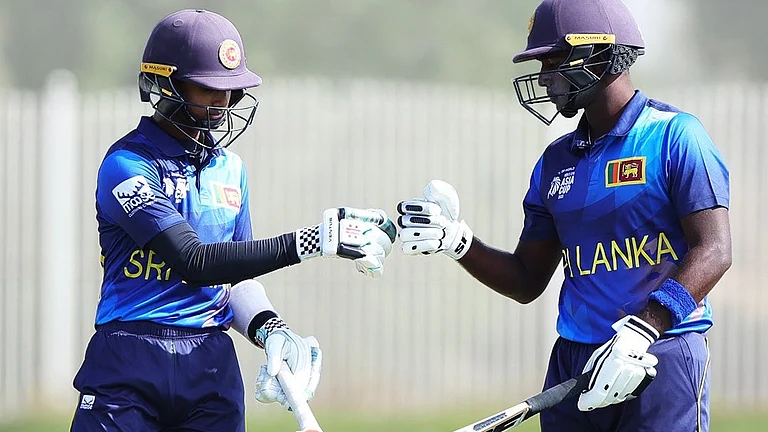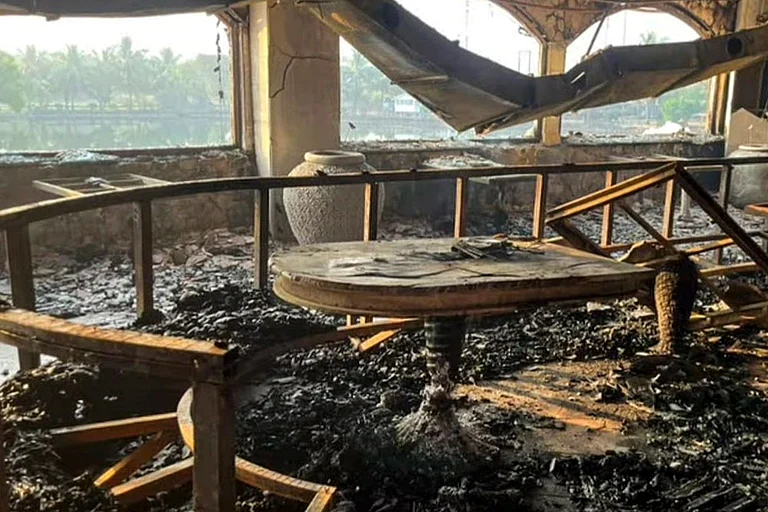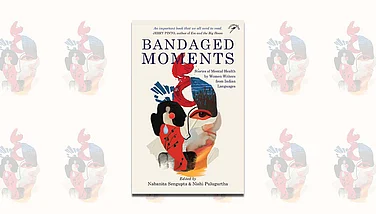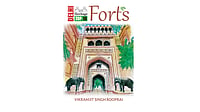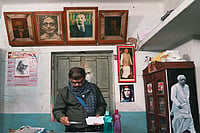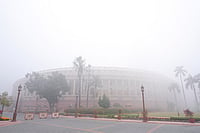Digesting India:
A Travel Writer's Sub-Continental Adventures With the Tummy:
A Memoir À La Carte.
Zac O'Yeah
Speaking Tiger
INR 599/-
Digesting India opens with the tummy and the chaos of an almost missed train and goes on to an intense trip through India’s innards. Since Zac O’Yeah is based in Bengaluru, he starts with his beer-sodden introduction to the world of pubs and bookshops that Bengaluru boasts and how he discovered that space year by year. A travel writer by inclination, he brings together a series of essays and memoirs that include all the information that he picked up along the way.
He mentors readers through the delights of imbibing beer in Bengaluru, toddy in Kerala, and caju fenny with the literati in Goa with the obvious consequences. The book starts slow with his meanderings through Bengaluru and the discovery of a town called Beershop which specialised in brewing beer for the consumption of the colonial troops – low in alcohol content and therefore healthier according to the authorities. He talks about the Kolar Goldfields and the life of the man in charge of the mines now reduced to an abandoned bungalow which the locals use for their revels. The first essay in the book is in fact more about the history of Bengaluru, Ramchandra Guha’s encounter with his wife in a shady bookshop corner and a quest for Malgudi after a meeting with RK Narayan whose food preferences are not really delved into. Food gradually sinks in later through various other States down South and stages of muslin folded dosas and crisp appams. He unearths Andhra cuisine in Tiruppur, a place noted for underwear, where no other food writer has ever been.
Side by side with his food discoveries, he follows in the footsteps of writers who also visited those places at different points in time– Somerset Maugham’s visit to Kerala, EM Forster, Kipling and more. Living writers are aplenty in Goa where he visits Amitav Ghosh’s mansion – no longer owned by Ghosh these days – and samples the delights of caju feni specially decanted for Ghosh’s gatherings possibly to boost inspiration in the next masterpiece, The ghost of Naipaul pops up in a mosquito-ridden hotel in Mumbai.
Three decades of living in India have added grist to O’Yeah’s literary mill and given him a satisfying occupation in which he can focus on what he loves best – food and beer. It has also opened his mind to various types of philosophy and the Indian way of life. Digesting India integrates his memories
There is a juxtaposition of the simplicity of boiled veggies at Mahatma Gandhi’s Sevagram with the royal lal maas which O’Yeah finds in the luxurious forts of Rajasthan. Gandhi was a health-conscious food faddy who believed that one should eat minimally and kept a stern eye on all those who ate at his table regardless of whether he served pumpkin mush every day of the week at every meal. The royal foods of Rajasthan on the other hand are adapted to the dry climate or to the maharajah’s hunting proclivities. O’Yeah details the effort that it took to turn decrepit forts into luxury resorts including mule trains that trailed uphill carrying bricks and mortar where no human team could go.
There is connectivity to his memories – Gandhi takes him to Gujarat’s delicious restaurants while Rajasthan’s Sawai Jai Singh !! shoots him into outer space through his Jantar Mantar and an astronaut’s pee fuelled diet - however, he says nothing about the rumour that freeze-dried idlis are being readied for Indian space flights.
Delhi for O’Yeah is the city of chaat which was invented rich in spice to prevent upset stomachs among the Mughul rulers. A hunt for tandoori chicken in North India fuelled by an Antony Bourdain quote hits base in Chandigarh.
In between the food are excursions into art and architecture, visits to Bimbetka which he deduces could be a huge wall-painted menu card populated by the meat on offer, not to mention Nek Chand’s Rock Garden. One would expect Butter Chicken again but that gets a bare mention along with Chicken Tikka Masala in Allahabad – now Prayagraj. The North also has him following in Kipling’s footsteps again tracking down his lodgings in Allahabad. Then he goes east to discover that the Jatakas included some of India’s earliest food writings and steeps himself in the ‘peckish poetry’ of Kolkata and the serendipity of food culture represented by the North East with its pork, pickles and mushrooms.
Digesting India is in-depth and immersive, filled with anecdotes that many readers will be delighted to come across. O’Yeah has the advantage of having both an insider’s and outsider’s perspective combining his beginnings as a newcomer to India with his experiences gleaned three decades later. He also has the advantage of having a seemingly cast iron stomach as he goes from breakfast to snack to more snack to lunch to snack and so on – digesting stuffed parathas like 78 rpm discs. Some will wonder how he did it – however, most readers will dig in for an absorbing read. In fact, at one level it could very well have been called ingesting India!






